Home » News
Category Archives: News
Helping Harry

The Sunshine Coast Centre is helping Harry Andinda in Kabale, Uganda, realize his dream of one day working in astrophysics. We’ve mailed him a telescope and given him a membership in the RASC. If you’d like to help Harry achieve his dream, contact us at info@coastastronomy.ca. We’ll be telling you his story in more detail in the upcoming issue of SkyNews Magazine, the RASC’s astronomy publication.
In Memoriam: Scott Harlow
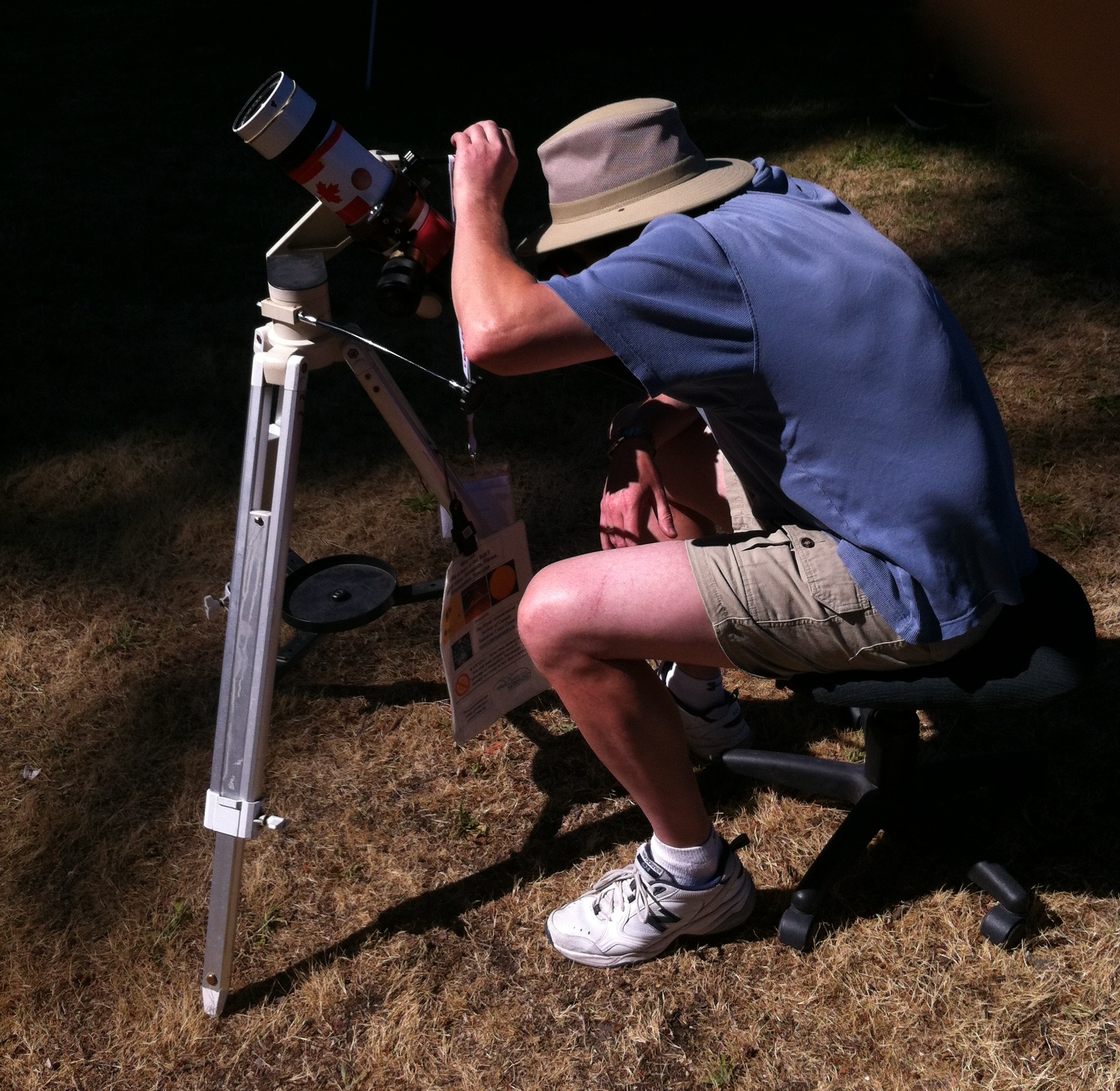
Scott doing solar observing with a hydrogen alpha scope at the Botanical Gardens in Sechelt
Scott Harlow joined our Sunshine Coast Centre of the RASC in September 2011. Scott served on the Board of our Centre as a member at large, librarian and “quartermaster” from 2013 to 2019. Scott almost always was the first person arriving at the venue for the Centre’s monthly meetings, setting up chairs, managing the registration table at the door to greet guests and receive donations, and after the meeting putting things away and running around with a vacuum to do cleanup. He was the last out of the building. Scott manned the information booth at all outreach events (until 2019 when his health forced him to stand down), handing out materials and fielding questions. Scott attended all observatory events: He usually was the first at the gate at opening and was the one putting out the traffic cones and barricades and helping roll back the observatory roof. Scott lived closest to the observatory, and was our “eye on the sky” to advise us if the weather was going to permit us to open the observatory for viewing: He posted frequent e mails updating members on sky conditions on viewing nights. Scott went all around Sechelt every month on foot putting up promotional posters for Centre events. He came to all the work parties at the observatory. He attended every monthly Astro Café meeting. From 2011 to 2019 he monitored membership and contacted members to remind them to renew their membership. Scott received donations of telescopes, etc. for our Centre through his workplace, the Shell station in Wilson Creek. I fully intended to put in an application next year to the Awards Committee recommending him for a Service Award, as he would have had the required 10 years of service to qualify by then.

Scott manning the information booth at Canada Day
Scott did all this volunteer work while dealing with diabetes, which regularly resulted in serious blood sugar monitoring issues which escalated in recent months. Scott knew that his eyesight was degenerating (he’d inherited a condition from his mother) and that eventually he’d not be able to do any more viewing, and I’m sure this pushed him to do as much astronomical viewing in the time that he had and work through his medical issues.
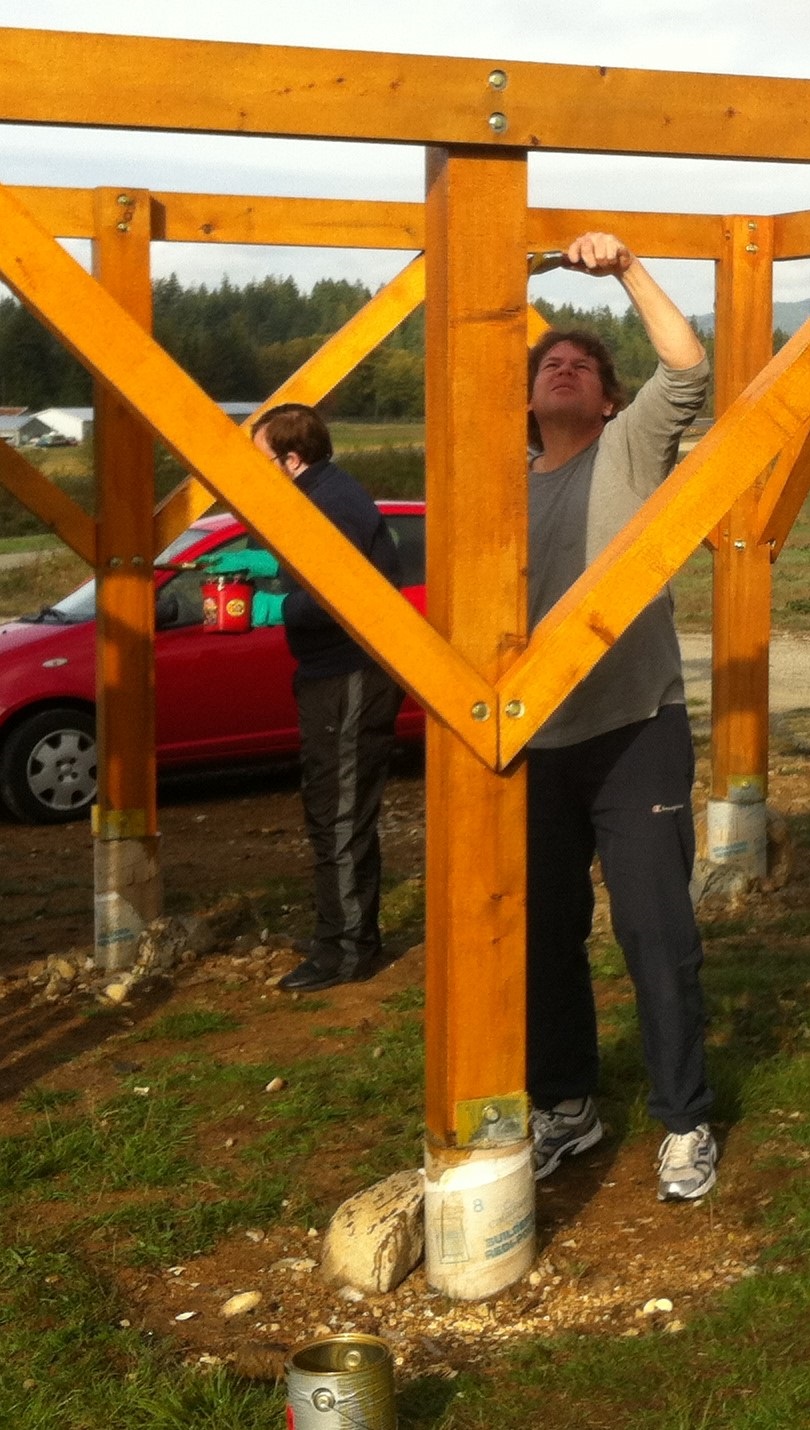
Scott staining at the observatory
On 6 May 2020, Scott passed away. At this time we do not have any information suggesting this was related to Covid 19: Scott was certainly at risk with his medical conditions but the frequency of interventions had accelerated in recent months and in recent weeks Scott had succumbed to several seizures at work. Scott clearly went into a diabetic coma and this time help did not get there soon enough. Scott was a pillar of our astronomy community, and always had a smile and a good word for everyone. This is incredibly sad news. He will be missed by us all.

Scott observing the night skies at our observatory
Closure
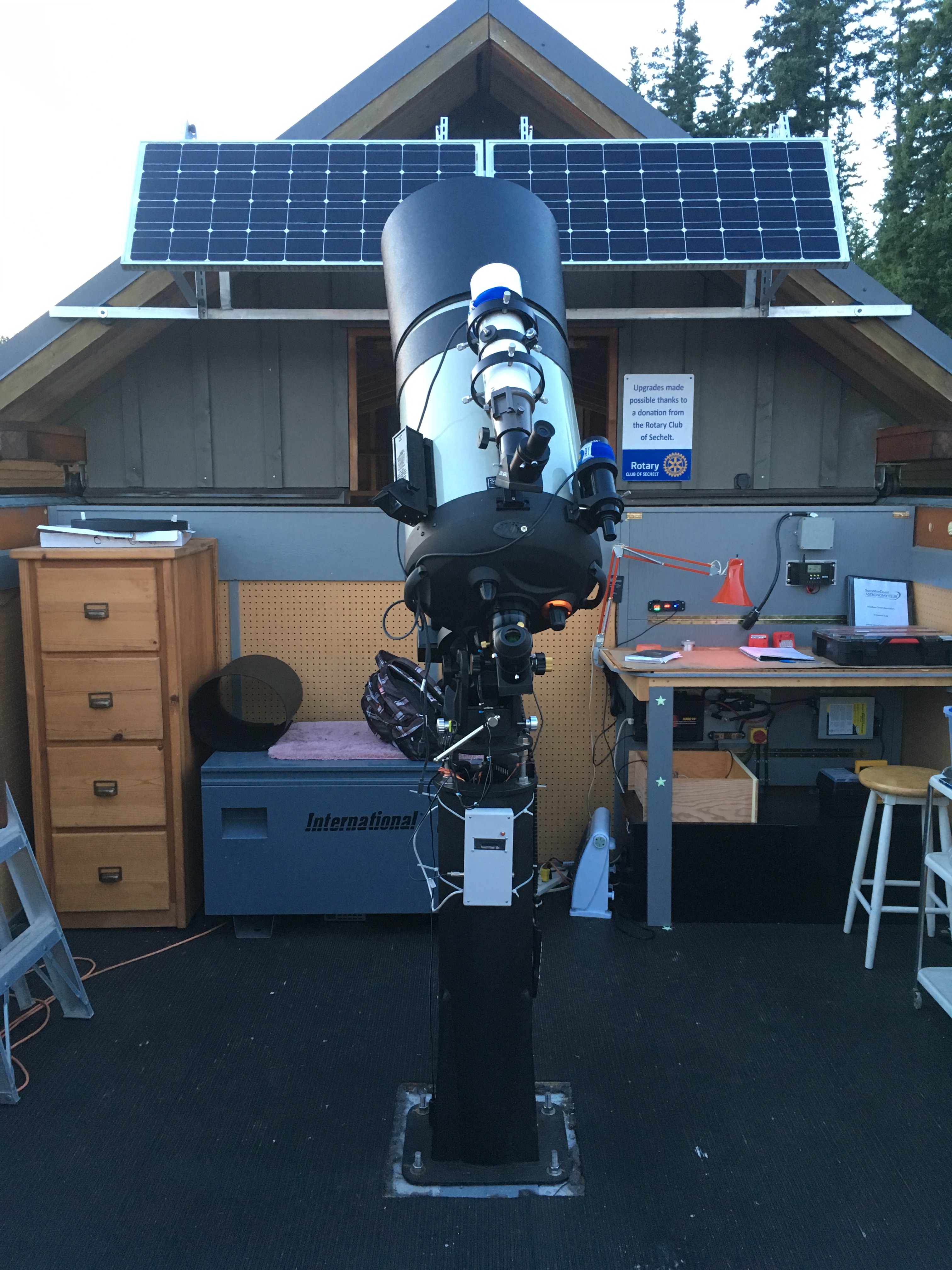 In view of the increasing probability of individuals acquiring and spreading the Corona Virus by community contact and in view of the warnings from the Sunshine Coast COVID-19 Physicians Task Force https://www.coastreporter.net/news/local-news/covid-physician-task-force-community-update-7-march-22-possible-impacts-on-coast-1.24103679 and in agreement with the express opinion of the Airport Manager, the executive of the Sunshine Coast Astronomy Club has decided to close the observatory and the surrounding grounds to all use, until the current danger has officially passed.
In view of the increasing probability of individuals acquiring and spreading the Corona Virus by community contact and in view of the warnings from the Sunshine Coast COVID-19 Physicians Task Force https://www.coastreporter.net/news/local-news/covid-physician-task-force-community-update-7-march-22-possible-impacts-on-coast-1.24103679 and in agreement with the express opinion of the Airport Manager, the executive of the Sunshine Coast Astronomy Club has decided to close the observatory and the surrounding grounds to all use, until the current danger has officially passed.
We are sorry to have to shut down the observatory and cancel our April monthly meeting in April. Please stay as safe.
Bruce Fryer
President of the SCAC
On Behalf of the Executive
We Tried!
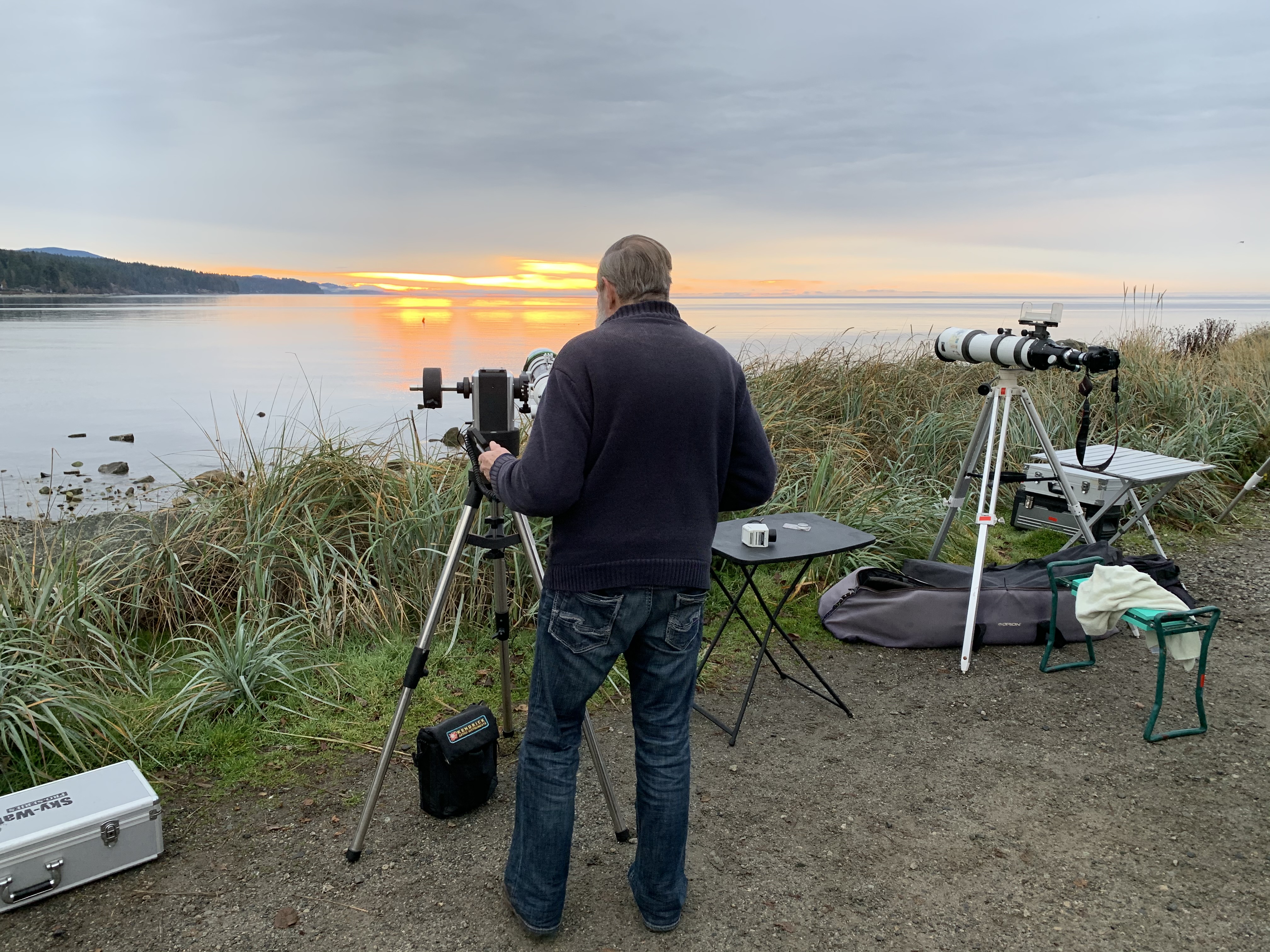
Mike Bradley hoping for a glimpse of the Mercury transit through a hole in the clouds.
We’d been watching the forecast for days, and it was not promising: Up to 100% cloud cover would prevent us from watching the Mercury transit at sunrise on 11 November 2019. As late as 5 AM I was posting on this website that the event was off. And then I got a phone call from Mike Bradley that he and Danny Sklazeski had gone down to the Roberts Creek pier and that there was some clear sky to the east. I raced down there to join Mike and Danny. There was indeed a narrow gap in the clouds to the east giving us a nice view of Mount Baker. Unfortunately by the time the sun rose the clouds were closing that gap and we never actually got a view of the transit. We held on for a while just in case another opening presented itself, but then it started to sprinkle rain and we packed it in.
Before we left we did have a chance to interact with some people out walking their dogs and a few other club members dropped in to see if we’d had any luck.
Charles Ennis, 2nd VP, RASC

Telescopes ready… if only the sky was
Mercury Transit: 11 November

Mercury transiting the Sun in 2016. That black dot on the lower left is Mercury: the other dots are sunspots. Photo by Mike Bradley.
Only the inner planets, Mercury and Venus, can cross the solar disk. Transits of Venus are among the rarest of predictable astronomical phenomena, occurring in a pattern repeating every 243 years, with pairs of transits eight years apart separated by long gaps of 121.5 years and 105.5 years. Mercury, on the other hand, transits the solar disk approximately 13 times per century. The last transit of Venus occurred on 2012 June 5-6 and the next will occur on 2117 December 10-11. The last transit of Mercury occurred 2016 May 9 and our astronomers viewed that from our SCC Observatory at Sechelt Airport. Mercury is next due to transit the Sun on 2019 November 11, and the Sunshine Coast Astronomy Club will be in Roberts Creek to help people view it. After this, the next Mercury transit isn’t until 2032 November 13, so you won’t want to miss this.
Only viewers in Ontario, Quebec and Atlantic Canada will be able to view the entire 5 ½ hour event, as the Mercury transit starts at sunrise in that area. Here in BC the transit will be in progress when the Sun comes up: We’ll still be able to view nearly 3 hours of transit. Our astronomers chose a location which would give us the best unobstructed view as the Sun rises to make sure that we capture as much of this transit event as possible. We’ll be setting up at the Roberts Creek pier at sunrise at 07:00 on 11 November with our solar scopes. Everyone is welcome to join us to view this event. We’re hoping for clear skies that morning.

Sunshine Coast Centre astronomers setting up solar telescopes to view the Mercury transit in 2016.
A transit of Venus can be viewed with eclipse glasses, but Mercury is too small to view in this fashion. To view a Mercury transit, you’ll need to equip your binoculars or telescope with a front aperture solar filter, use a telescope with a Herschel Wedge and filter, or use a hydrogen alpha telescope designed for solar viewing. Our members will have these solar telescopes set up to allow the public to safely view the Mercury Transit.
We’ll post updates here as the day approaches.
UPDATE: 3 pm Sunday, 10 November:
A few days back the forecast did not look good at all for Monday morning, with rain forecast. This has gradually improved as we close in on Monday morning, but still looking problematic. Before 3 am on Monday the Clear Outside forecast site is showing 100% high cloud through the day, which would make solar flares impossible to see but could allow us to see Mercury transiting the Sun. However, the forecast for medium cloud cover rises Monday morning from 17% at 4 am to 98% at 7 am, which would definitely prevent viewing. Clear Dark Sky shows transparency Monday morning as “too cloudy to forecast” from 4 am onwards, and seeing after 6 am as “too cloudy to forecast”. I’m going to check the skies between 4 am and 5 am Monday Morning to make a final decision. I will post an update here by 5.
UPDATE: 5 am Monday, 11 November:
Viewed the sky at 3:45 am and you could just make out Vega at the zenith and one other fuzzy star (Altair?) but no others at all and a glow in the western sky behind the clouds from the nearly full Moon, but no view of the Moon itself. At 5 am the Moon had set and both stars had completely disappeared. Clouds are closing in as predicted.
UPDATE: 7 am Monday: We have some clear sky to the east! We’re going for it! See you at Roberts Creek pier!
Zodiacal Light

Zodiacal Light. Credit: Sky and Telescope
For two weeks from the 13th of October zodiacal light will readily be visible from a dark site in the east before morning twilight. This is caused by sunlight reflected of the immense cloud of interplanetary dust encircling the Sun.
Dr. Roy Bishop, Emeritus Professor of Physics from Acadia University, writes in the RASC Observer’s Handbook:
The zodiacal light appears as a huge, softly radiant pyramid of white light with its base near the horizon, and its axis centred on the zodiac (or better, the ecliptic). In its brightest parts, it exceeds the luminance of the central Milky Way.
Moonlight, haze or light pollution can easily blot out zodiacal light, so you’ll need a dark sky location to observe it. It is best viewed just after twilight in the east, in the hour to half an hour just before twilight begins at dawn, from about October 13-27.
Charles Ennis
2nd VP RASC
Astronomy club at the Sunshine Coast Botanical Garden
Join us at the Botanical Garden on September 2nd for the very popular Harvest Festival, this is usually one of our best attended events. This will be the last outreach event for the club this year and we will have our solar observing telescopes out in force. Lets hope for some clear, smoke free skies.
Service Awards 2018
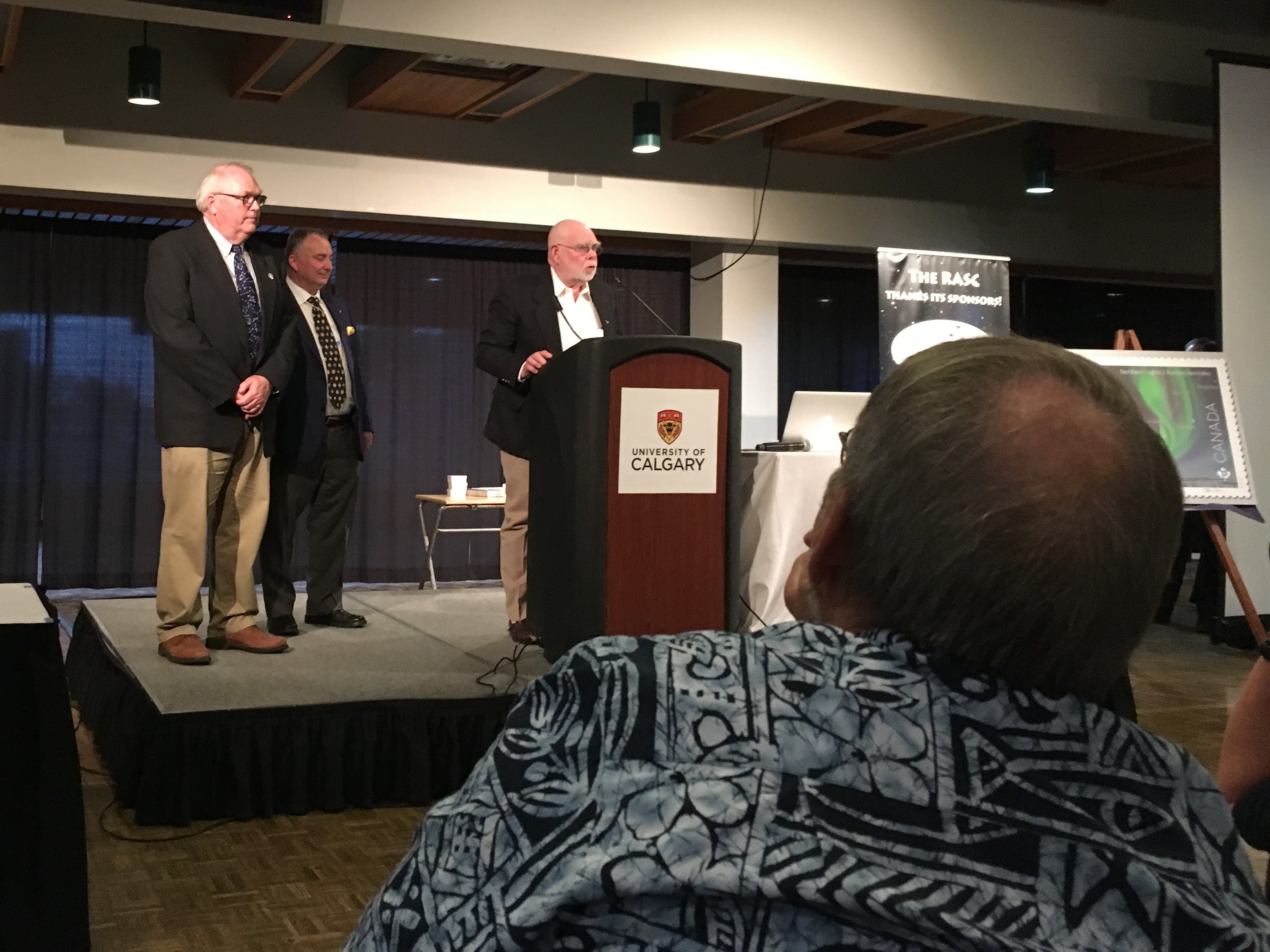
Brian Lucas receiving his service award from President Chris Gainor and Past President Colin Haig at the GA.
At the General Assembly in Calgary last June Dr. Brian Lucas received a Service Award for his years of service to the Society. The other Service Award recipient from our Center, Neil Sandy, did not attend the GA, so 2nd Vice President Charles Ennis presented Neil with his award at Pender Harbour Days last week.
Congratulations and thanks to Neil and Brian for all they’ve done for our Centre!

Neil Sandy receiving his Service Award from Charles Ennis.
Warm Room
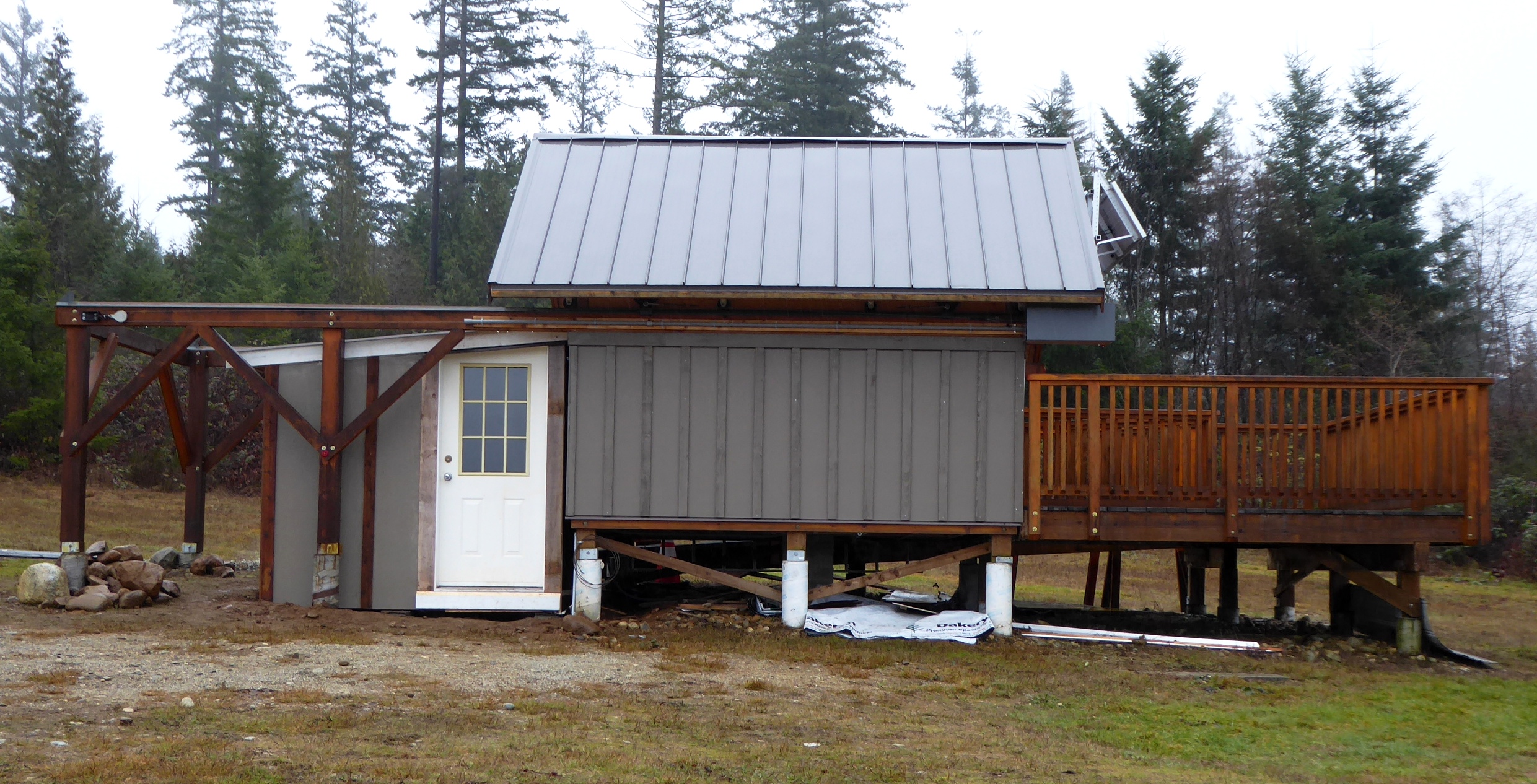
The new warm room is located under the roof rails.
On Sunday, 2018 January 7, construction materials were delivered to our observatory at the Sechelt Airport for the building of a storage/warm room for the observatory. Colin Bradley and David Thompson got down to work a few days later and by Friday they’d completed the basic structure. The next step is to install insulation, wiring, lighting/heating, and shelves and a workbench.
Blue Moon Turns Red
The second full Moon in a month is referred to as a “blue Moon” and January 31 we’ll see the second full Moon of January 2018. But we will see that blue moon turn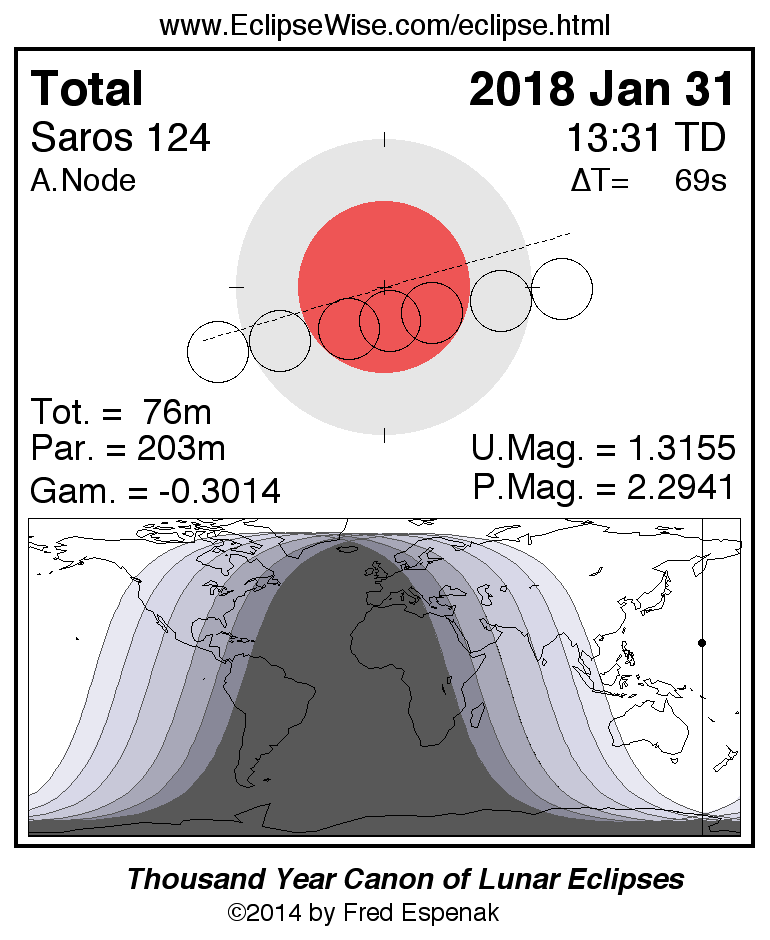 red on the 31st with the first total lunar eclipse in 2 ½ years. People on the West Coast will have a front row seat as the eclipse begins at 2:49 AM PST. Midtotality occurs at 5:29 and the eclipse ends at 8:10 AM.
red on the 31st with the first total lunar eclipse in 2 ½ years. People on the West Coast will have a front row seat as the eclipse begins at 2:49 AM PST. Midtotality occurs at 5:29 and the eclipse ends at 8:10 AM.

